Let’s just start with the negative views of both coaches and consultants. There’s a phrase an often heard about consultants along the lines of, “Give the consultant a watch and he’ll tell you the time.” Or, going back to coaching, how they are like consultants with less experience. When it comes right down to it, your business needs them both, and here’s why.
“I Don’t Need a Therapist”: Differences Between Coaching and Therapy
There’s a certain stigma surrounding the field of therapy, negative connotations arise when someone mentions the word, and begins to wonder the mental stability of the person in question. However, while it still maintains this stigma, the results of therapy have produced wondrous outcomes for the people who have taken advantage of it. The same can be said for a business that takes advantage of a..
Attitude is Everything
| A good attitude will help you to... | A bad attitude can... |
|
|
9 Coaching Tips to Increase Employee Engagement
When an employee is disengaged, their motivation, progress, attitude and confidence all plummet. Without proper engagement in their work, employees have difficulty reaching and achieving their goals. As a coach, it can be difficult to coach employees to increase engagement, but here are a few tips that will help.
Coach Employees to Accept Feedback
We talk often about coaching employees and constantly helping to develop them into superstar top performers. However, as we have all experienced at one time or another, sometimes it’s not what you say, but how you say it. If not done in a friendly and open way, employees, or anyone for that matter, could become defensive and closed off.
Do Your Employees Build Good Relationships?
Are your salespeople really building relationships? Most salespeople believe that they have a great relationship with their clients but if you ask them the following question, “What have you done in the past 30 days to build deeper relationships with your clients?” Most salespeople are not able to answer this question. You now have an opportunity to coach them to build and sustain their..
Coaching Employees is Just Like Solving a Rubik's Cube
Coaching employees is like solving a Rubik's cube. Each Rubik's cube is solved differently, you need to use a different combination of steps, algorithms, and processes to get the end result. However, to start solving the cube, you need to get the base cross. This is the first thing you aim to do when you start solving a Rubik's cube, solve for the base cross, once you have the cross, you can..
Building Relationships in the Workplace with Coaching
Relationships in the workplace are vital to each employees progress and to the company as a whole. An employees relationship to their teammates, their manager, and to the company affect their every day work. One bad relationship can negatively affect the work an employee does with another person, which lowers their progress, motivation, and their attitude. Here are a few coaching methods to help..
Coaching How To: GOAL Based Coaching
Goals are a vital component to any business or company, without them there would be no direction, motivation, or purpose. Goals keep people focused on their work and give them something to work for. They inspire people to believe in themselves and encourage them to try new things and get creative with their work. GOAL based coaching is designed to do exactly that. GOAL is an acronym for Great,..

